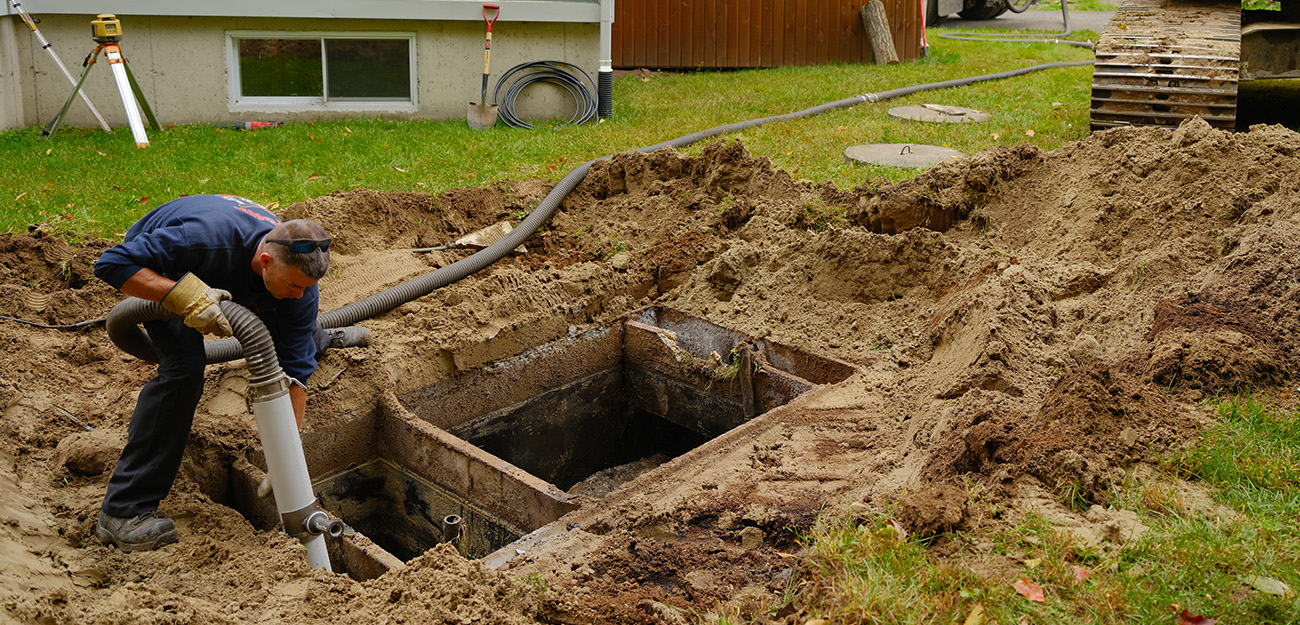When it comes to homeownership Certain aspects are likely to be kept out of the eye until they call for attention. The septic tank is just one such important but often ignored component of a house. We tend to ignore it believing that it will fulfill its job without concern or upkeep. As with all systems that is used, septic tanks have an estimated lifespan, and will eventually require replacement.

The cost to replace the septic tank can be the biggest financial burden for homeowners who aren’t prepared. It is crucial to understand that there are many variables that affect the cost of replacing a septic tank.
Understanding the true cost of replacing tanks requires weighing many factors that go beyond the apparent price of the tank. The old tank must be removed and a new one installed. Multiple components and services are included in the total cost. From obtaining permits and hiring experts to the actual excavation and installation, every phase has costs which homeowners should be aware of to budget effectively.
The cost of septic tanks, leach fields and the construction are all crucial factors to consider. The cost of a new tank may vary greatly based on the size and material of the tank, and also the complexity of installation. Furthermore, the location of your home, local regulations, and soil conditions could also affect the price. You should consult with experts from septic systems who will evaluate your needs and give you an accurate estimate. They will also consider the size and shape of the leach field to provide you a comprehensive knowledge of how much your project will cost.
Apart from the tank the other major expense is the leach field, also known as a drainfield. This component is crucial for the treatment and distribution of wastewater. The cost of replacing a field that is damaged or ineffective could be greatly increased by thorough planning. Leachfield size, its soil composition and the accessibility are all elements that affect the cost.
Alongside the tangible costs homeowners must also take into account the monetary costs that are intangible when replacing a septic tank. You might have to leave your home for a while or reduce your consumption of water during the installation. This inconvenience should be considered when planning as it can disrupt your daily life and lead to additional costs.
It’s also crucial to understand that regular maintenance of your septic tank is crucial for prolonging its lifespan and minimizing the likelihood of premature replacement. Neglecting to perform routine maintenance will result in more severe issues in the future, such as damage to drainfields, or even tank failure. Plan for septic maintenance in advance is a smart investment and can save you money over time.
By now, you may have realized that determining the cost to replace septic tank is not a straightforward task. It is a careful analysis of several factors, ranging from the size and construction of the tank to the complexity of the installation as well as the condition of the leach field. In addition, the place of your property and the local regulations can impact the overall cost. In order to accurately estimate the cost, it is crucial to talk with experts that are skilled in the replacement of septic systems.
You may be surprised when you are replacing your septic tank only to find that you’re facing additional expenses which you didn’t think of. The cost can quickly mount up, so you should be aware before making any decisions.
These are a few of the hidden costs involved in replacing a septic system:
The cost of permits and inspections. You will need to obtain permits from your local authority prior to beginning working on your septic system replacement. The permits can be costly and you might have to cover inspection costs.
The cost of excavation and removal. The old septic needs to be taken away and dug up before the installation of a new system. This could be an extremely costly undertaking, particularly in the event that it is difficult for the user to access the previous system.
The expense of backfilling and grading. After the old system is removed, the hole has to be refilled and graded. This ensures that your new system drains correctly.
Costs for landscaping. You might need to plant a garden in the area after the installation of the new system, to keep it neat and tidy. It’s a lot of work in the event that you have to employ a professional landscaping company.
Budgeting for a septic replacement should include hidden costs. It is possible to avoid unpleasant surprises later by planning ahead.
Eco-friendly septic systems are a great option for homeowners with a limited budget. The eco-friendly solutions for septic aren’t just cost-effective alternatives to traditional systems, they also help conserve the environment by reducing water runoff and pollution. Eco-friendly septic systems are getting more affordable and readily available making them the ideal option for those looking to reduce the impact on the environment of their property without running out of money. Although there are some initial costs involved with switching to an eco-friendly system the savings over time will more than make up for these. Green isn’t just a trend–it’s a crucial change in lifestyle that anyone should contemplate if they’re truly passionate about preserving our planet for generations to come. When you install the correct equipment, you can ensure that your home is running efficiently effectively and efficiently, as well as with low maintenance costs.